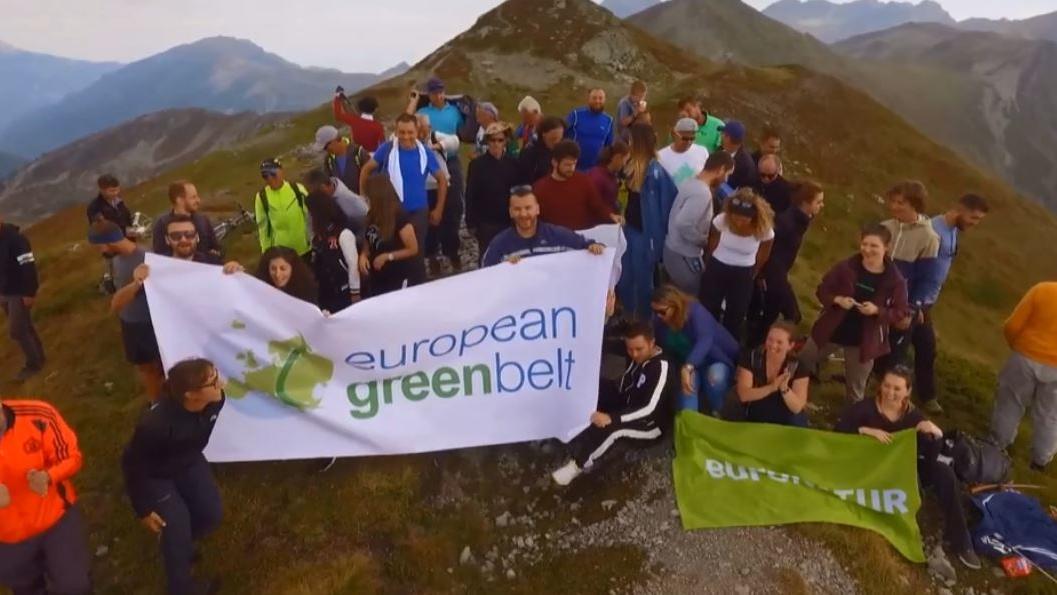From Iron Curtain to lifeline
The European Green Belt extends over 12,500 kilometres providing a corridor of habitats with exceptional biodiversity. The Green Belt runs along the line of the former Iron Curtain, from the far north of Europe to the Black Sea and the Adriatic in the south. Now, what was once a fascinating idea involving the transformation of the former death strip into a “European Green Belt”, has become a reality in many sections. For people, the Iron Curtain was an insurmountable barrier. Nature, on the other hand, benefited from the fact that the border strip was largely spared from intensive use by humans. The European Green Belt is a succession of ancient forests and bogs, species-rich cultural landscapes as well as wild mountains and river valleys, the like of which can be found virtually nowhere else in Europe. For many endangered animal and plant species such as bears and Balkan lynx, the European Green Belt offers valuable habitats. The initiative is also an important peace project, with people from once hostile countries now working closely together.
Diversity in harmony

Map of the Green Belt
© European Green Belt Initiative/Coordination GroupThe European Green Belt extends across 24 European countries, with numerous stakeholders working to protect this network of biotopes. It is currently divided into four sections:
- Fennoscandian Green Belt (the northern part comprising Norway, Finland and Russia)
- Baltic Green Belt (the area along the Baltic coast)
- Central European Green Belt (from the Baltic coast to the Drava)
- Balkan Green Belt (from the Drava to the Aegean and the Black Sea)
EuroNatur is regional coordinator for the southernmost section.
What we are doing for the European Green Belt
- Preparing and developing transboundary protected areas: The European Green Belt offers the opportunity for nature conservation to extend beyond the borders of once hostile countries. In border regions that have long been inaccessible, we are connecting unique natural treasures across borders and are contributing to the development of large-scale protected areas which meet internationally recognised standards. An example of this is the Sharr National Park in the tri-border area which comprises North Macedonia, Albania and Kosovo.
- Joining forces and taking responsibility: EuroNatur is regional coordinator for the southernmost section of the European Green Belt. We are thus able to contribute to the initiative with our expertise on nature conservation in the Balkans. At pan-European level, we co-chair the European Green Belt Association (EGBA) with BUND (Friends of the Earth Germany). In this context, we are working to find new ways of bringing together the increasing number of stakeholders along the European Green Belt in a way which transcends borders. We are also ensuring that the initiative is adequately funded in the long term.
- Strengthening local nature conservation: We want to achieve the acceptance and support of the people along the Green Belt. This is the only way our nature conservation projects can achieve lasting success. Together with partners and local people, we are developing strategies for the sustainable development of each respective region.
Join in and help us!
Join the many people getting actively involved to protect Europe’s natural treasures along the Green Belt. We are grateful for any donation or active contribution you can make! In doing so, you are supporting an independent and networked civil society in Europe, which is campaigning vigorously to protect the European Green Belt. Please help us any way you can!






